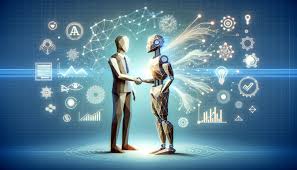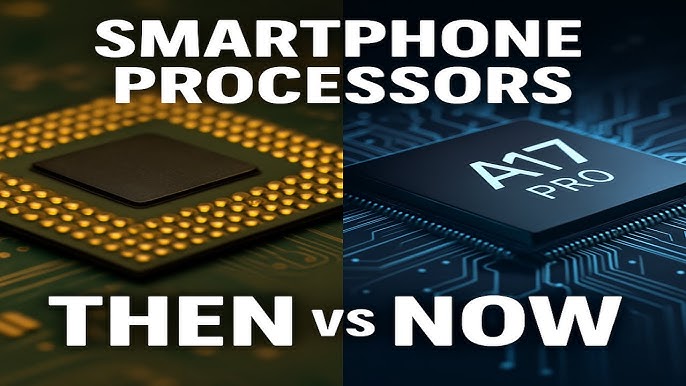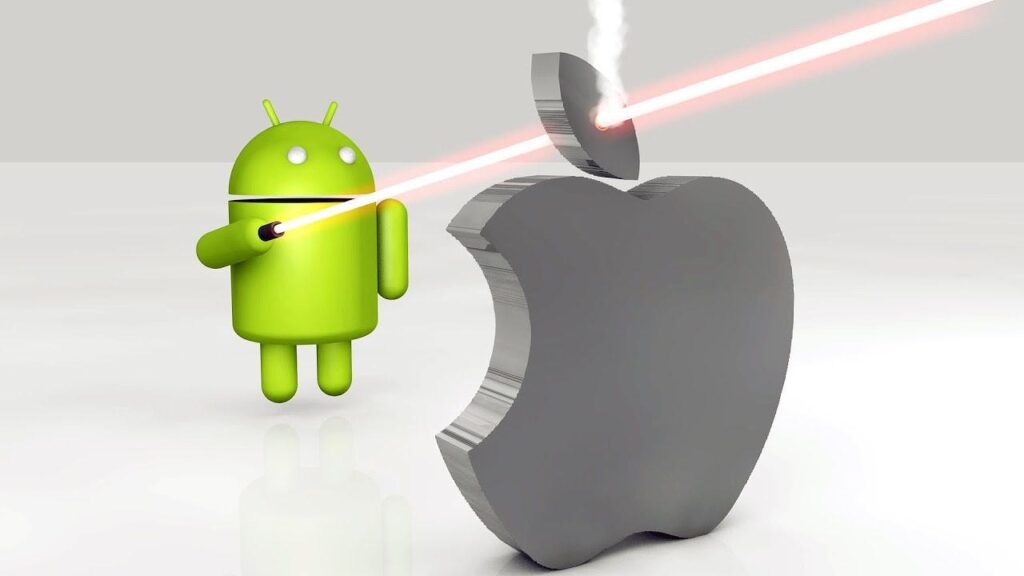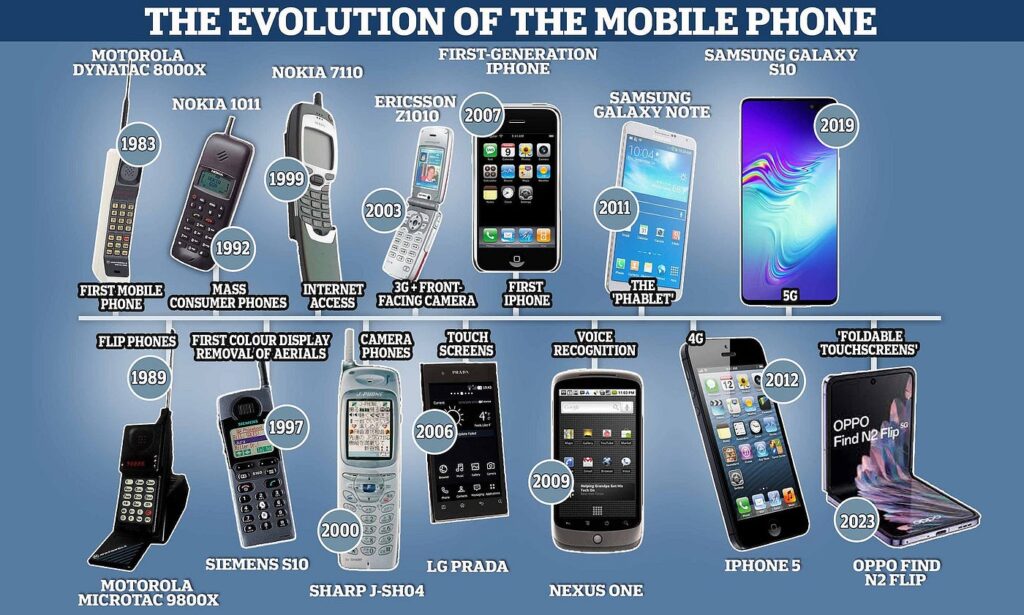Artificial Intelligence (AI) is advancing at an incredible pace, and many people are asking the same question: Can machines truly be creative, or is creativity something only humans possess? With tools like ChatGPT, MidJourney, DALL·E, and AI music generators already producing art, stories, and even inventions, the line between human and machine creativity is blurring. But does this mean AI can innovate in the same way humans do—or is it just imitating patterns?
This blog post explores the fascinating debate of AI vs human creativity, how AI is changing industries like art, music, and business, and whether machines can ever truly rival human imagination.

What Is Creativity, Really?
Before we can compare AI and human creativity, we need to understand what creativity means.
-
Human Creativity: The ability to generate new ideas, connect unrelated concepts, and produce something original and meaningful. Creativity is influenced by emotion, culture, personal experiences, and intuition.
-
AI Creativity: The ability of machines to generate outputs—such as images, text, or music—based on training data and algorithms. AI does not “feel” emotions or culture; it generates results through patterns and probability.
How AI Creates
AI is not born creative—it is trained. Using machine learning and deep learning, AI models process huge amounts of data to generate new outputs. For example:
-
Text AI (like ChatGPT): Trained on vast datasets of books, websites, and articles, it learns how humans write and generates human-like text.
-
Image AI (like MidJourney or DALL·E): Trained on millions of images, it learns styles, shapes, and concepts to generate new visuals.
-
Music AI: Trained on music libraries, it produces melodies that sound similar to human-made compositions.
The question is: Are these outputs creative, or just imitations?
The Strengths of AI in Creativity
AI has surprising strengths when it comes to creative fields:
1. Speed and Scale
AI can produce thousands of designs, stories, or melodies in seconds. What would take a human artist weeks, AI can generate instantly.
2. Pattern Recognition
AI excels at spotting patterns humans might overlook. For example, in product design or drug discovery, AI can connect ideas across massive datasets.
3. Accessibility
AI tools make creativity accessible to everyone. Someone with no design background can use AI to create logos, websites, or videos.
4. Collaboration
AI doesn’t have to replace humans—it can enhance creativity. Writers use AI to overcome writer’s block, and designers use AI-generated drafts to spark new ideas.
The Limitations of AI Creativity
While impressive, AI still faces significant limitations:
1. Lack of Original Thought
AI generates outputs based on data it has seen. It does not “invent” in the way humans do. Everything it produces is a remix of existing material.
2. No Emotional Depth
Art, music, and storytelling are deeply tied to human emotions. AI cannot feel joy, grief, or love—so its creations may lack authenticity.
3. Bias in Training Data
AI creativity depends on its training data. If the dataset is limited or biased, AI outputs may reinforce stereotypes or lack diversity.
4. Ethical and Copyright Concerns
When AI generates content, who owns it? The user, the AI developer, or the original creators whose work trained the model?
Human Creativity: The Edge Machines Don’t Have
Humans bring qualities that machines cannot replicate:
-
Emotions and Experience: Creativity is often born from personal struggles, love, or joy—something machines can’t feel.
-
Cultural Influence: Humans create with context—art that speaks to a culture, history, or community.
-
Randomness and Intuition: Unlike algorithms, humans sometimes make “illogical” connections that lead to groundbreaking ideas.
-
Ethics and Purpose: Humans create with intention and meaning, whether it’s for art, activism, or innovation.
This is why the greatest works of art, literature, and science still require human imagination at their core.
Case Studies: AI in Creative Industries
1. AI in Art
AI-generated artworks have been sold at major auctions for thousands of dollars. Tools like MidJourney allow artists to co-create with AI, but critics argue that AI-generated art lacks human soul.
2. AI in Music
Platforms like AIVA and Amper Music compose soundtracks for films and ads. While useful for background music, most listeners agree AI music lacks the emotional depth of a human composer.
3. AI in Writing
Content creators use AI to generate blog drafts, headlines, and even novels. However, human editing and storytelling are still crucial for nuance and emotional resonance.
4. AI in Business Innovation
AI helps design new products, optimize marketing campaigns, and predict consumer behavior. Still, the vision behind these innovations comes from human entrepreneurs.
Can AI Truly Innovate?
The short answer: Not yet.
AI is powerful at generating ideas and enhancing human creativity, but it lacks the ability to:
-
Create with intention.
-
Innovate without existing data.
-
Understand cultural meaning and emotion.
Innovation often requires risk-taking, intuition, and imagination—qualities unique to humans.
However, the future may change this. As AI develops more advanced reasoning abilities, it might begin to innovate independently. But whether this counts as “true creativity” remains a philosophical debate.
The Future: Human-AI Creative Collaboration
Rather than seeing AI as a threat, many experts believe the future lies in collaboration.
-
Writers + AI: Faster brainstorming and editing.
-
Artists + AI: New visual possibilities and hybrid styles.
-
Businesses + AI: Smarter innovation and market strategies.
-
Educators + AI: Personalized learning tools and creative teaching methods.
The most successful creators will be those who learn how to use AI as a tool, not a replacement.


